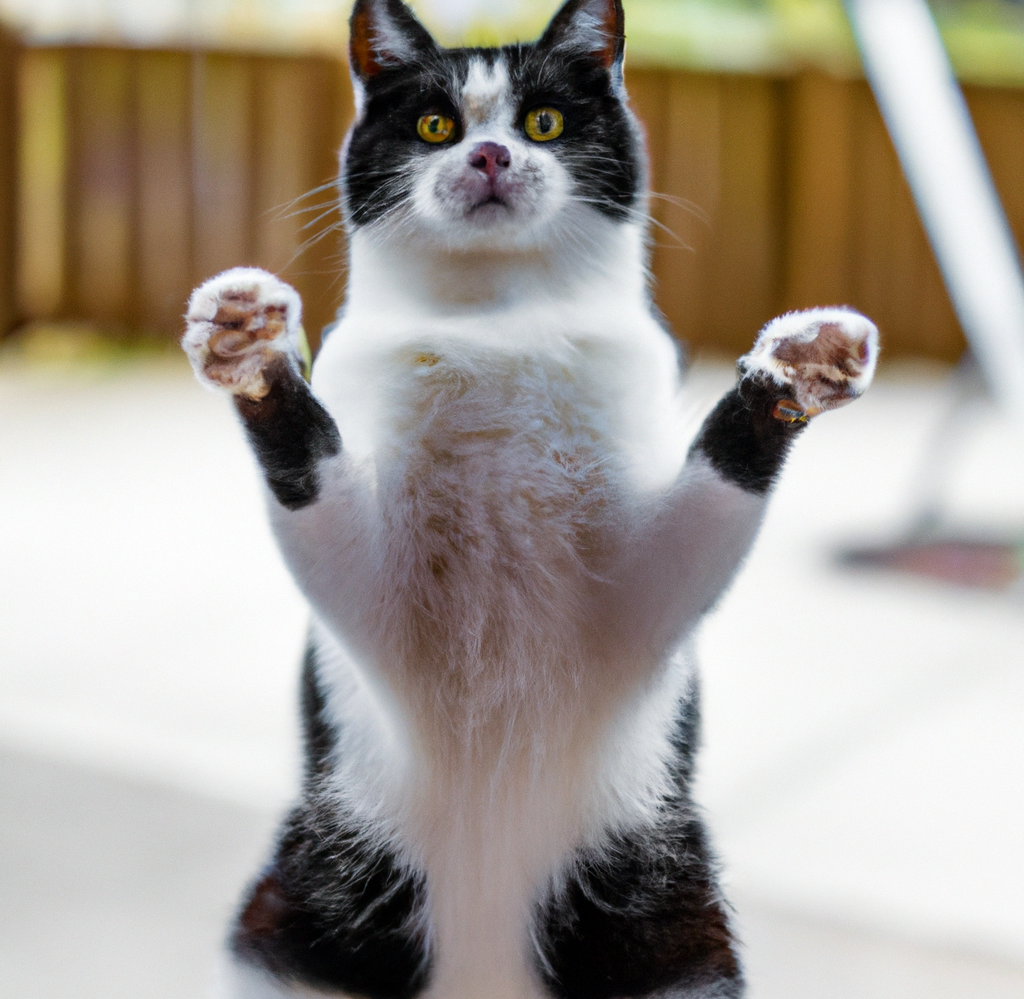Welcome to our Cat Behavior and Training page! Whether you’re a new cat owner or a seasoned pro, understanding your cat’s behavior and training needs can help you build a stronger bond with your furry friend. On this page, we’ll explore three important subcategories of cat behavior and training: Training for Tricks and Obedience, Behavioral Issues, and Understanding Cat Body Language and Vocalizations.
Training for Tricks and Obedience
Training your cat to perform tricks and obey commands can be a fun and rewarding experience for both you and your cat. Not only does it strengthen your bond, but it also provides mental stimulation and exercise for your cat. Some popular tricks to teach your cat include “sit,” “come,” “shake,” and “high five.” To get started, try using positive reinforcement techniques like clicker training and treats. With patience and persistence, your cat can learn to perform amazing feats!

Behavioral Issues
If your cat is displaying problem behaviors like aggression, anxiety, or inappropriate scratching, don’t despair. With the right training and tools, you can address these issues and restore peace to your household. Some common behavioral issues in cats include litter box problems, separation anxiety, and destructive behavior. By understanding the root causes of these issues and using positive reinforcement techniques to modify behavior, you can help your cat become a happy and well-behaved member of your family.

Understanding Cat Body Language and Vocalizations
Cats communicate in many ways, including body language and vocalizations. By learning to interpret your cat’s cues, you can better understand their needs and emotions. For example, a cat with dilated pupils and an arched back may be feeling frightened or defensive, while a cat with relaxed ears and a purring body may be feeling content and happy. Similarly, different meows, chirps, and purrs can convey different messages. By paying attention to your cat’s body language and vocalizations, you can become a more attentive and empathetic cat owner.

